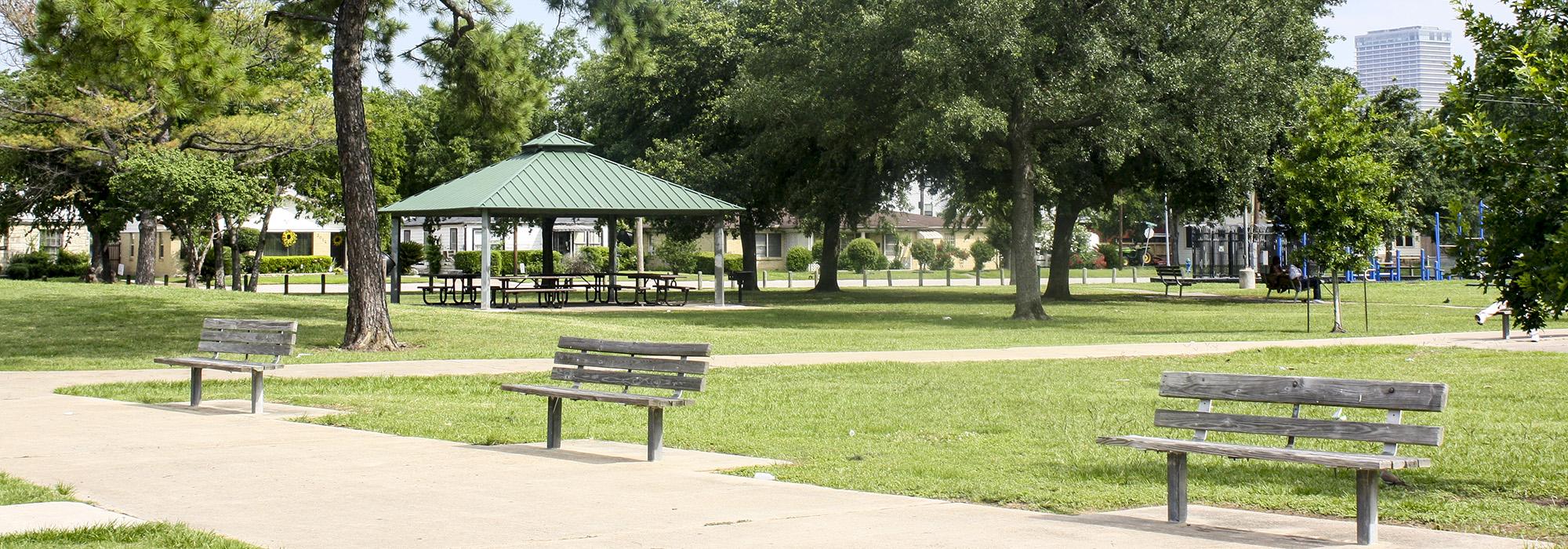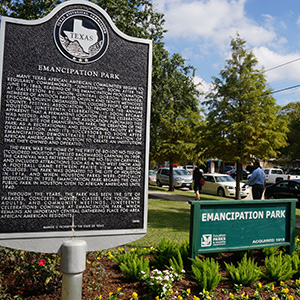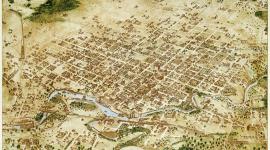Landscape Information
Located in a residential area of Houston’s Third Ward, this ten-acre parcel was purchased in 1872 by the Colored People’s Festival and Emancipation Park Association. Among the first public parks in Texas, this was one of many properties across the state acquired by African Americans to celebrate Juneteenth, a day that commemorates the emancipation of slaves in the Confederate states. By the turn of the century, the park, which comprised a stable, tavern, and two dance floors, was enclosed by a six-foot-high fence and surrounded by a racetrack. It was acquired in 1916 by the City of Houston and, two years later, a shelter house was constructed in the center of the park and oaks were planted on the park’s periphery. By 1927, amenities included a baseball diamond, bandstand, playground, lighted dirt tennis court, and restrooms. In 1938-1939, the Public Works Administration replaced the shelter house with a recreation center, swimming pool, and bathhouse, all of which were designed by architect William Ward Watkin. Emancipation Park was significant to the civil rights movement in Houston in the mid-1900s and was visited by Martin Luther King, Jr.
In the 1970s, some of the trees were removed and a crescent-shaped walk, basketball courts, and play equipment were added. Additional trees were planted throughout the park in the 1980s. In 1998, a city park improvement program resulted in extensive renovations. The non-profit Friends of Emancipation Park was established in 2007 to promote the stewardship and improvement of the park. In 2013, the Freelon Group and Houston-based M2L Associates were commissioned to renovate the park’s landscape and structures.








